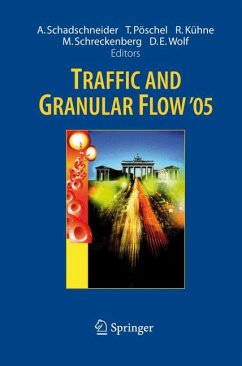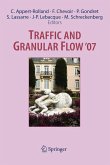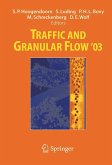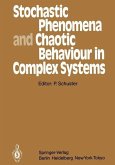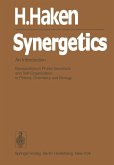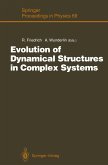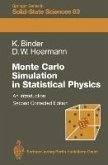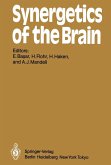This book again continues the biannual series of (now six) conference proceedings, which has become a classical reference in traffic and granular research alike. It addresses new developments at the borderline between physics, engineering and computational science. Complex systems, where many simple agents, be it vehicles or particles, give rise to surprising and fascinating phenomena.
Dieser Download kann aus rechtlichen Gründen nur mit Rechnungsadresse in A, B, BG, CY, CZ, D, DK, EW, E, FIN, F, GR, HR, H, IRL, I, LT, L, LR, M, NL, PL, P, R, S, SLO, SK ausgeliefert werden.

